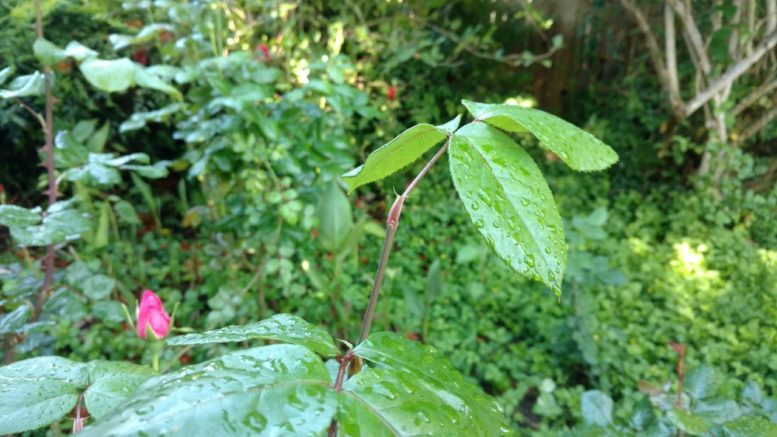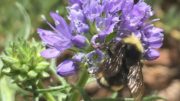Feeling soggy?
With so much late spring rain, this has been an unusual month, bringing some surprises to local gardeners.
With temperatures 10 degrees or more below normal, Sacramento saw its wettest May ever. About 3.3 inches of rain was recorded in downtown Sacramento, breaking a mark set in 1889. That’s more than four times normal; a typical May in Sacramento totals less than three-quarters an inch of precipitation.
It’s been a very wet year overall. Our seasonal rainfall total topped 24 inches, more than 6 inches above normal. So much moisture was a boon for some gardeners, a challenge for others.
“Everything is happy!” exclaimed Marie Salers, a UC Cooperative Extension master gardener and manager of the Lincoln Community Garden. “Things are growing so fast. I have pole beans up to the very top of [6-foot] tomato cages. Carrots and beets are sprouting from seed that was just sitting in the beds. I’m very happy.”
Cooler temperatures prolonged early spring crops such as lettuce and sugar snap peas, which are usually well past their prime on Memorial Day.
But heat-loving peppers and melons are sulking in the cold, damp ground. And some tomato transplants had trouble adjusting, especially if their roots and soil became oversaturated. Vines with good drainage thrived, however. The bees were busy, too, pollinating early tomato flowers.
“I already have six little green tomatoes on my three plants,” Salers said. “It’s been a fabulous spring.”
The rain came in absorbable amounts, Salers noted. “We had three inches in a week, not in one day. It gave everything a real good deep soaking; it wasn’t a flood.”
Not all plants loved the extra rain. Too much moisture can rot succulents and cactus. Low-water landscapes don’t like soggy soil.
All that rain also brought an explosion in weeds. Surviving years of drought, dormant seeds waiting in top soil suddenly sprouted and grew rapidly. Bindweed, nutgrass and bedstraw seemed to come out of nowhere.
Also enjoying these wet conditions: powdery mildew. This was a perfect May for this fungal disease, which puckers leaves and eventually defoliates plants. Rose bushes look like they were dusted with flour.
Powdery mildew thrives between 65 and 75 degrees. With temperatures staying on the cool side, this fungus had a chance to spread through many gardens. The cure: heat. Once temperatures hit the 90s, powdery mildew will disappear. Infected plants will drop the mildewed leaves and grow new foliage.
Another consequence of our weird spring weather: blind shoots. A problem on roses, these stems look healthy with lots of foliage and fast growth. But no matter how long those stems grow, they won’t flower.






Be the first to comment on "When it rains, it pours"